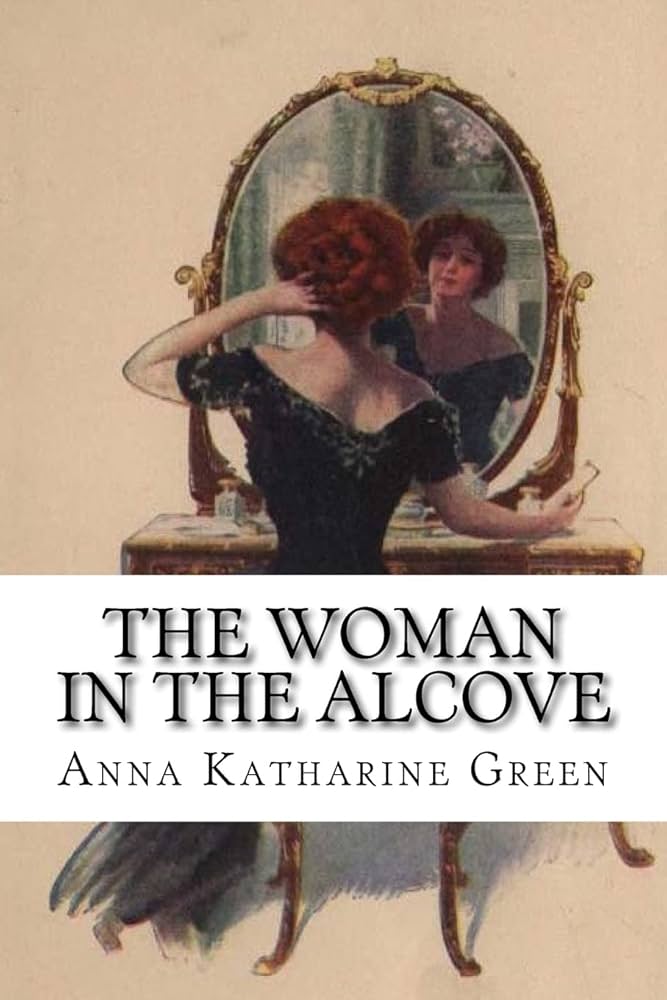Chapter VIII — The woman in the Alcove
byChapter VIII — The woman in the Alcove recounts a period of uncertainty and hidden grief as Mr. Fairbrother unknowingly journeys home, unaware that his wife has been murdered in New York. His physical frailty, brought on by illness and rugged travel, shields him temporarily from the emotional blow that awaits. Meanwhile, those around him handle the situation with careful discretion, choosing to prioritize his recovery over the immediate delivery of tragic news. This quiet handling of grief reflects the weight of responsibility felt by those closest to the situation. In New York, however, events unfold rapidly, as legal authorities and the public shift focus to Mr. Durand, the man whose proximity to the victim makes him a key figure. The absence of Mr. Fairbrother’s testimony only amplifies the tension, leaving more room for speculation and pressure on those present at the time of the murder.
Within the city’s elite circles, the case captures widespread attention, not just for the crime, but for its implications on reputation and social standing. The narrator, caught between loyalty and scrutiny, finds herself in a whirlwind of accusation and defense. Her unwavering belief in Mr. Durand’s innocence shapes her actions, even as the evidence begins to accumulate in troubling ways. The discovery of Mrs. Fairbrother’s gloves in her possession raises immediate suspicion, casting a shadow over her that she cannot explain. Yet, rather than retreat from the situation, she embraces the challenge of unraveling the mystery herself. To her, the inconsistencies in the investigation are too many to ignore, and the possibility of an alternate culprit seems more plausible with each unanswered question. In this environment of judgment and pressure, she sees her role shifting from bystander to quiet investigator, determined to reclaim truth from a fog of half-truths.
The legal proceedings surrounding the case reflect the rigid expectations of the time, where even circumstantial evidence could sway public opinion with ease. The mysterious stiletto—a weapon potentially connected to Mr. Durand—is treated as a symbolic puzzle piece rather than solid proof. His known visits to antique shops provide only loose ties, but public sentiment starts to harden against him regardless. The narrator’s struggle is not only against the case’s details but also against the tide of social judgment that seeks a clear villain. Her devotion to Mr. Durand becomes a personal mission, turning her into a guardian of his narrative while still managing the scrutiny placed upon her. This quiet strength, though tested, becomes essential in moving the story forward, bridging emotional truth with forensic doubt.
The chapter emphasizes how assumptions can quickly cement into collective belief, especially when legal ambiguity remains. Mr. Durand, still unable to fully account for his actions on the night of the murder, remains in a fragile position. His silence on certain matters, whether from pride, fear, or strategy, only fuels further suspicion. The narrator, however, maintains that truth exists beyond what has been presented and that character must count as much as circumstance. Her inner conviction leads her to challenge the dominant narrative, which she believes rests on shallow interpretations rather than deep investigation. Through her, the reader senses the emotional complexity that accompanies crime, not only for the accused but for everyone within the story’s orbit. Her loyalty is not blind but shaped by a desire to seek clarity where the system has yet to look.
The ending of the chapter leaves the audience with unresolved tension. The jury’s failure to return a definitive charge is both a relief and a worry, as Mr. Durand remains vulnerable to renewed accusations. Still, the narrator’s voice becomes one of quiet resilience. Her commitment to clearing his name, based not just on love but on insight, marks her growth as a protagonist. The case now becomes more than a courtroom matter—it evolves into a moral puzzle with layers of silence, misdirection, and hidden motivations. By exploring not just the external facts but the emotional currents beneath them, the chapter sets a reflective and suspenseful tone for the unraveling chapters ahead.


